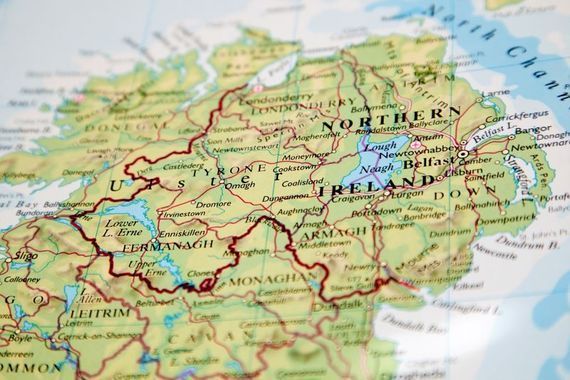Northern Ireland's population is now 1.9 million, according to the 2021 census.
The current figure, which shows a five percent increase since the last census in 2011, is the highest ever recorded since Northern Ireland was established in 1921.
According to the NI Statistics and Research Agency (Nisra), the population of Northern Ireland is 1,903,100, with slightly more females than males.
Additional details including the religious make-up of the population, is to be published in the fall, reports the BBC.
"Population increase was greatest in the older age groups," said a Nisra spokesperson.
"The number of people aged 65 or more rose by more than 60,000 to nearly one third of a million people - a near 25% increase on 2011.
"This demonstrates the scale of population change due to aging. This looks set to continue as the 'baby boom' generation of the 1950s and 1960s reach retirement age.
"In contrast, and in line with the recent falling birth rate, the number of young children (aged 0 to 4) decreased by 9% from the last census."
A census is conducted in Northern Ireland every 10 years and participation is mandatory.
In 2011, the population was 1,810,900, an increase of seven percent on the previous census.
According to the previous census, 45.1 percent of the population were Catholic or brought up Catholic, and 48.4 percent were from a Protestant or other Christian background. Seven percent said they either belonged to another religion or none.
In 2021, for the first time, people were asked to complete the census survey online if possible rather than on paper. Eight-out-of-10 people chose the online option.
Details on religious identity, national identity, passports held, country of birth and sexual orientation will be released later this year.




Comments